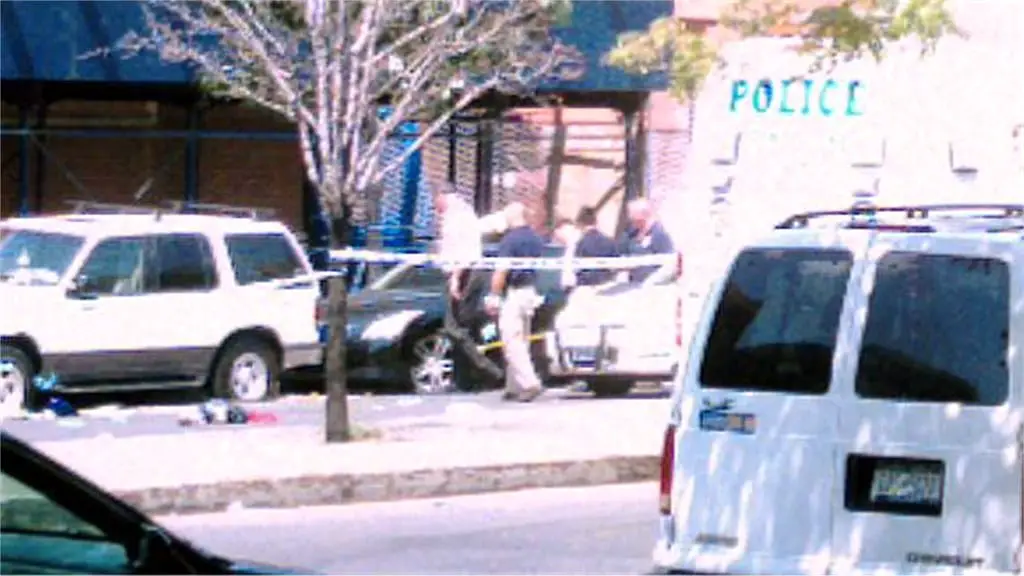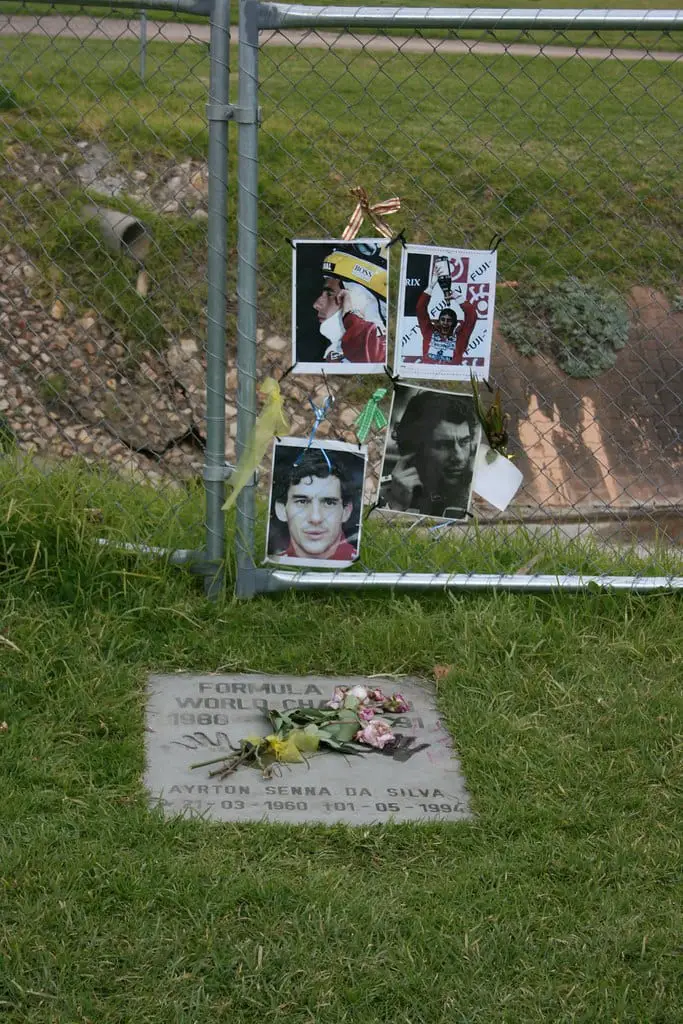Trigger warning: This article contains graphic references to suicide.
Of the many people who have died on camera, many such films are lost. Before the ubiquity of portable computers with cameras in the hands of nearly everyone around the world, a handful of tragedies were still captured on film, but with the lack of the internet, with its universal, instantaneous distribution, restricting such films was much easier. Some of these death recordings went on to gain infamy as lost media.
Murders, suicides, accidents, and similar disasters all came to be recorded one way or the other in the last half of the twentieth century, but due to evidentiary rules or family wishes, the morbid last moments of such macabre celebrities as Christine Chubbuck, Tim Treadwell, and Ayrton Senna are either locked away or completely destroyed. But curiosity is a vehement emotion, and for years horror, crime, and movie enthusiasts have discussed the legendary, semi-taboo subject of real-life horrors that most of us will likely never see.

What could these deaths look like?
A potential lens into what we would probably see in most of these lost death videos is found in the murder of Deputy Kyle Dinkheller. The dash camera video from 1998 has been well known on the internet for years and it shows the Laurens County, Georgia officer pulling over a man named Andrew Brannan. Brannan produces a rifle, shoots Dinkheller multiple times as the deputy screams, then fires a final shot into his eye before fleeing. The video concludes with Dinkheller gurgling as he finally dies.
Due to its widespread exposure in the media, and use in training police, the video is near the top of the list when internet users are asked what some of the most horrible things they’ve watched online are, although it is one of around a dozen videos wherein dash cameras captured the murders and attempted murders of police before the invention of body cameras. As footage goes, these videos are exactly what one would expect for the time: grainy, distorted views with dodgy sound quality, and large time stamps. Given that most of the well known lost videos were filmed in the last forty years, they probably resemble the general look and tone of the gruesome evidence that has made its way online.

The Internet joins the fray
In the early ’90s, a trove of bizarre, disturbing media came to be known to the world at large through “shock sites,” a new kind of dot com that, as the name implies, displayed all manner of grotesque subject matter to terrify and then desensitize thousands, if not millions, of internet users. One example of the fare of Rotten.com was a series of photographs known around the web as “Natural Born Losers.” This 1982 recording of the aftermath of a murder might easily have slipped quietly into a Michigan evidence vault with no one being the wiser, but instead, the photos ended up on the earliest Internet forums, thrusting the disgusting reality of violence upon the eyes of 1990s gore seekers.
The photographs in question depict James Edward Glover and Jeannine Clark posing naked with the mutilated and decomposing body of “Bobby,” Jeannine’s ex-boyfriend. After they had the film developed, the pair were quickly captured and sentenced to up to thirty years in prison. Internet archives from the 1980s and ’90s show that even before Rotten.com, there was fierce debate over whether the photographs were even real, or simply staged, at least until a police officer showed up to give the backstory.
Doubts over the authenticity of the photos show us that at one time the average person probably had no idea what to make of severe injuries or violent deaths, that their exposure to television probably shaped a collective idea of what death is “supposed” to look like. In the late 2000s, that all changed. With Web 2.0, every kind of website, for every conceivable purpose, exploded, and gore sites became common. Now, high definition video of industrial accidents, executions, fights, shootouts, and military operations was freely available to anyone with a high-speed connection, and more recently, when such websites started to get shut down, social media was happy to fill the void. Crimes, battles, and disasters are all live-streamed today, making it more difficult than ever for media to become lost, and letting anyone, no matter how divorced from the world at large, see the raw reality of violence.
Why is this still important to people?
So, with the darkest aspects of human behavior so nakedly available to view, what is the enduring appeal of a few ancient videotapes or low-quality DVRs? The days of “mondo” documentaries are over. The morbidly curious no longer have to secret a VCR tape of accumulated death footage home to get an idea of what tragedies look like up close, and yet, in any discussion of macabre footage, the first replies are surely to be those who want to see a news anchor’s on-air suicide, to hear the death cries of the Grizzly Man, or to watch Steve Irwin’s team desperately attempt to revive him. Somehow, the deaths we cannot see will always trump the ones we can.
Perhaps this speaks to our innate fear of, and fascination with, the unknown. There’s a sinister and uncanny appeal to something we can’t have, especially when it is as salacious as murder and mayhem. Even the most squeamish among us probably wonder, “What would it be like to watch that?”

Besides a curiosity in the dark and violent, an undercurrent of fear and modern urban myth runs through what we know and don’t know about lost tapes. Scores of creepypasta feature supposedly restricted videos finding their way into the view of unsuspecting curiosity seekers, and, both online and off, whispered rumors of terrible crimes found on the dark web persevere even in a more tech-literate society. The real-life horror aspect of lost crime footage keeps us coming back to old cases and hazy legends because the most skeptical person alive can still admit that somewhere, in some unenlightened corner of the web, new depravity may be uploaded without the world’s knowledge, waiting for someone to stumble upon it.



